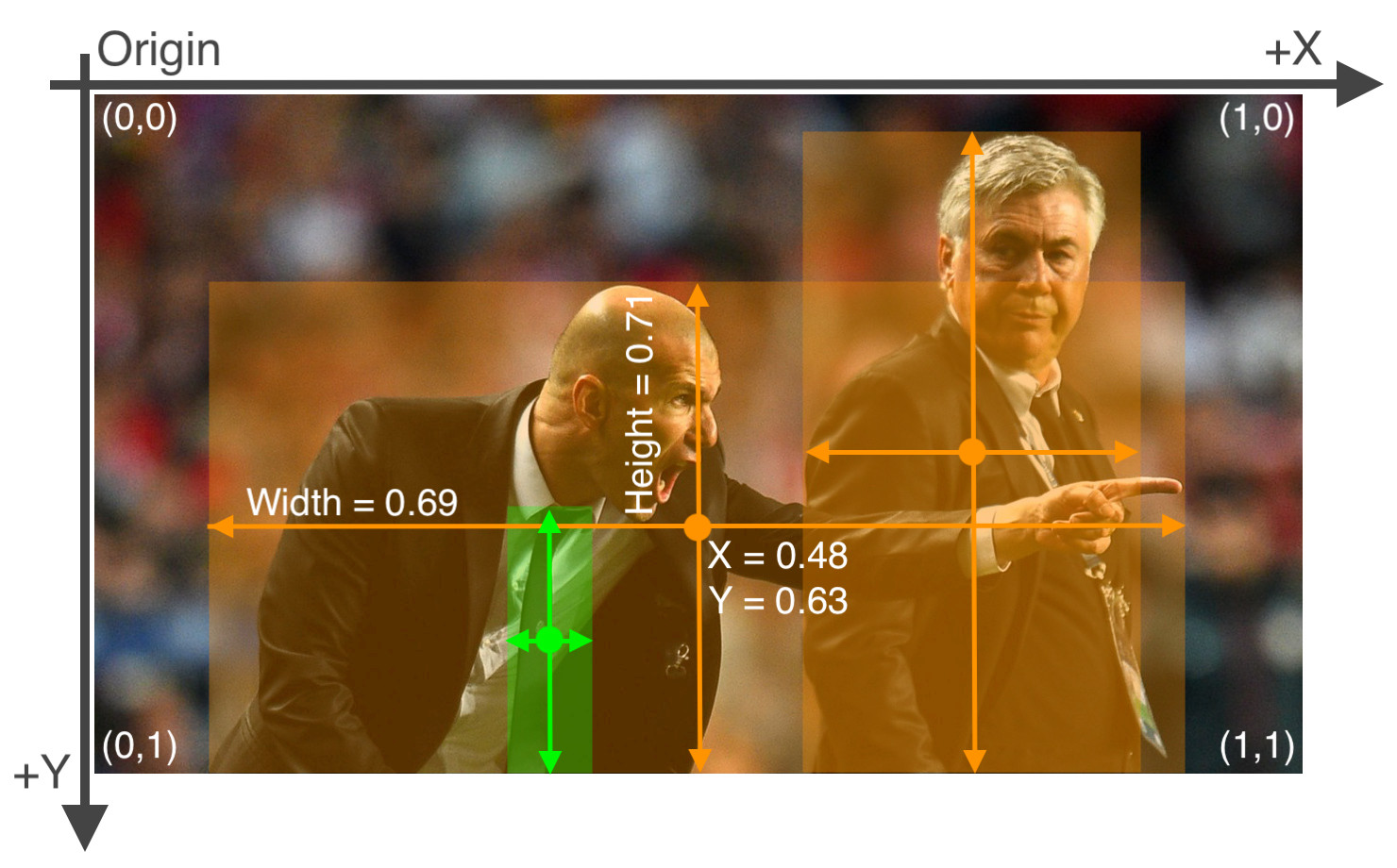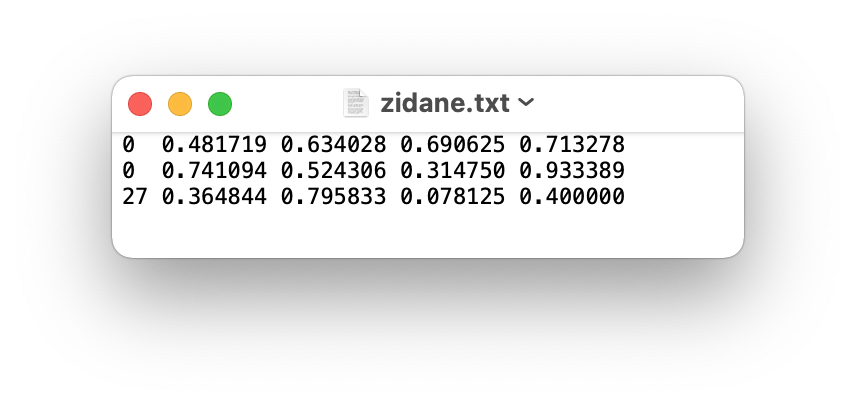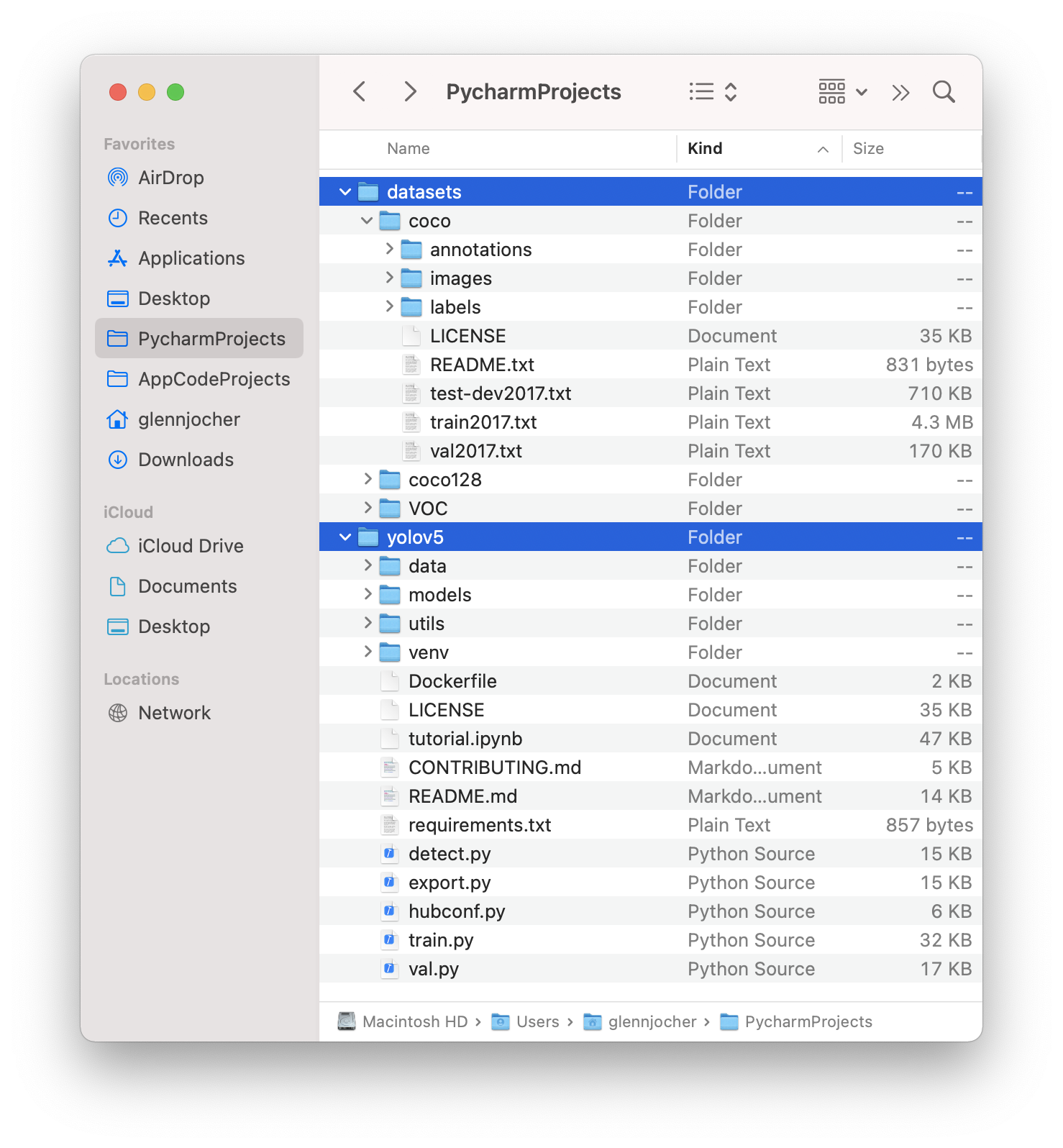-
-
Notifications
You must be signed in to change notification settings - Fork 16.2k
New issue
Have a question about this project? Sign up for a free GitHub account to open an issue and contact its maintainers and the community.
By clicking “Sign up for GitHub”, you agree to our terms of service and privacy statement. We’ll occasionally send you account related emails.
Already on GitHub? Sign in to your account
Specifying Label Path in Customized Dataset #8246
Comments
|
@bryanbo-cao 👋 Hello! Thanks for asking about YOLOv5 🚀 dataset formatting. You could just use one data.yaml and bash script to rename your directories between each of the 16 trainings. For examples of using image directories instead of txt lists of images see other datasets like VOC.yaml: Lines 1 to 21 in d605138
To train correctly your data must be in YOLOv5 format. Please see our Train Custom Data tutorial for full documentation on dataset setup and all steps required to start training your first model. A few excerpts from the tutorial: 1.1 Create dataset.yamlCOCO128 is an example small tutorial dataset composed of the first 128 images in COCO train2017. These same 128 images are used for both training and validation to verify our training pipeline is capable of overfitting. data/coco128.yaml, shown below, is the dataset config file that defines 1) the dataset root directory # Train/val/test sets as 1) dir: path/to/imgs, 2) file: path/to/imgs.txt, or 3) list: [path/to/imgs1, path/to/imgs2, ..]
path: ../datasets/coco128 # dataset root dir
train: images/train2017 # train images (relative to 'path') 128 images
val: images/train2017 # val images (relative to 'path') 128 images
test: # test images (optional)
# Classes
nc: 80 # number of classes
names: [ 'person', 'bicycle', 'car', 'motorcycle', 'airplane', 'bus', 'train', 'truck', 'boat', 'traffic light',
'fire hydrant', 'stop sign', 'parking meter', 'bench', 'bird', 'cat', 'dog', 'horse', 'sheep', 'cow',
'elephant', 'bear', 'zebra', 'giraffe', 'backpack', 'umbrella', 'handbag', 'tie', 'suitcase', 'frisbee',
'skis', 'snowboard', 'sports ball', 'kite', 'baseball bat', 'baseball glove', 'skateboard', 'surfboard',
'tennis racket', 'bottle', 'wine glass', 'cup', 'fork', 'knife', 'spoon', 'bowl', 'banana', 'apple',
'sandwich', 'orange', 'broccoli', 'carrot', 'hot dog', 'pizza', 'donut', 'cake', 'chair', 'couch',
'potted plant', 'bed', 'dining table', 'toilet', 'tv', 'laptop', 'mouse', 'remote', 'keyboard', 'cell phone',
'microwave', 'oven', 'toaster', 'sink', 'refrigerator', 'book', 'clock', 'vase', 'scissors', 'teddy bear',
'hair drier', 'toothbrush' ] # class names1.2 Create LabelsAfter using a tool like Roboflow Annotate to label your images, export your labels to YOLO format, with one
The label file corresponding to the above image contains 2 persons (class 1.3 Organize DirectoriesOrganize your train and val images and labels according to the example below. YOLOv5 assumes ../datasets/coco128/images/im0.jpg # image
../datasets/coco128/labels/im0.txt # labelGood luck 🍀 and let us know if you have any other questions! |
|
@glenn-jocher, thanks for pointing it again. I have read this document and succeeded in different custom datasets many times but I am afraid it didn't answer my specific question. The document is about 1 dataset while I am asking N variants of 1 dataset that share the same |
|
In the above example, The folder name Thanks! |
|
👋 Hello, this issue has been automatically marked as stale because it has not had recent activity. Please note it will be closed if no further activity occurs. Access additional YOLOv5 🚀 resources:
Access additional Ultralytics ⚡ resources:
Feel free to inform us of any other issues you discover or feature requests that come to mind in the future. Pull Requests (PRs) are also always welcomed! Thank you for your contributions to YOLOv5 🚀 and Vision AI ⭐! |
Hello, bryanbocao! Did you find a way to solve your problem? I have a same problem now. I would be grateful if you share your experience. |
|
I have the same problem that I wanna specify path of labels directory. See Line 481 in 8a19437
and Line 426 in 8a19437
|
|
@chobits hello! Thank you for bringing that to our attention. The labels directory's current auto-generation from the images directory is indeed in line with the current behavior. While specifying a separate path for labels isn't currently supported, your feedback has been duly noted and will be taken into account for future improvements. Feel free to keep an eye on the release notes and documentation updates for any future changes. We appreciate your understanding and patience! |
Any updates on this? |
I fixed it by modifying my local branch at that time. It's been a long time since I last recalled the context. I didn't verify the official update, but still, thanks you for your work. |
|
Hello! Thanks for checking back on this. As of now, there hasn't been an official update to support specifying separate paths for the labels directory directly through the configuration. We understand the importance of this feature and appreciate your input, which helps in enhancing the functionality of YOLOv5. If there are updates regarding this feature, they'll be included in the release notes and documentation. Thanks once again for your patience and for being a part of the YOLOv5 community! 🌟 |
Ok, I understood.
Cool! Looking forward to seeing the new features. |
|
Hello! We're glad to hear your enthusiasm and appreciate your support! We'll definitely keep the community updated on any new features and enhancements. If you have any more questions or need further assistance in the meantime, don't hesitate to ask. Happy coding! 😊🚀 |



Search before asking
Question
Hello! I like the way this repo organize! I was trying to do some sort of "grid search" for investigating performance of Yolo. Specifically, I have a
basecoco dataset, the one exactly downloaded by the script incoco.yamland would like to have variations on two levels: (1) in the image data level, I do some image processing and have different sets of image, sayimages_v2, images_v3, images_v4whileimagesis the base one; (2) in the label level for bbox, I also have different variations such as changing label names, number of classes or category ids saved in various sets of label folders:labels_v2, labels_v3, labels_v4.Below is a brief structure of files in
dataset/coco:By "Grid Search" I mean I will have one result for each pair of
images*andlabels*, resulting in4(images) x 4(labels) =16sets of experiments in total.Q1: Is there any way to do that efficiently?
A straight forward way is to have
16datasets ofcocolikecoco_1,coco_2,coco_3while each corresponds to one pair ofimages*andlabels*. However, it requires16 x 20.1GB=321.6GBspace which is too much for me.When sweeping
images*, it seems that I can just change the image paths intrain2017.txtandval2017.txt, but the default label path islabelsand I don't see I can specify the path in https://github.com/ultralytics/yolov5/blob/master/data/coco.yaml. Q2: Is there any way to do that?Appreciate your help!
Additional
No response
The text was updated successfully, but these errors were encountered: